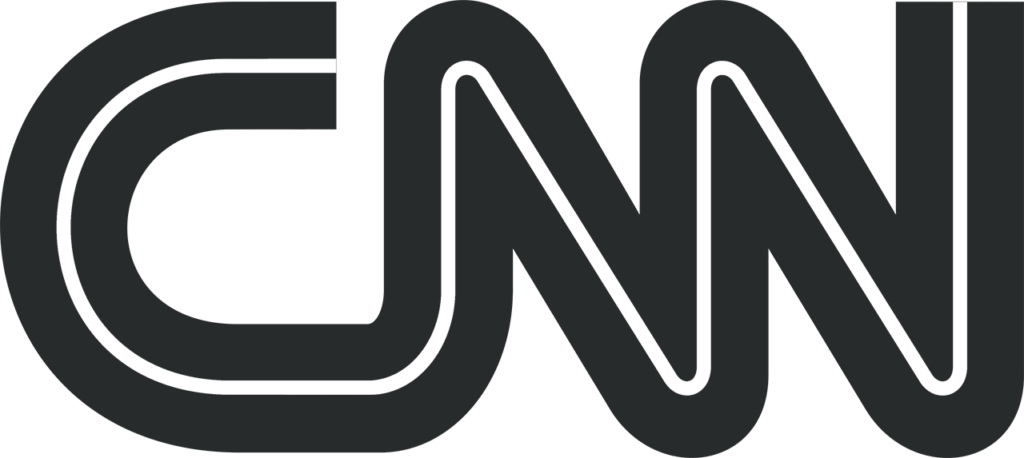
In 2019, the World Health Organization (WHO) defined burnout as the workplace or institutional stress left unmanaged and made a rare decision to add burnout to their International Classification of Diseases (ICD 11). The announcement came on the heels of a multi-year joint study by the WHO and the International Labor Organization that found 750 000 people die from overwork annually.
People often ask me if burnout worsened during the pandemic. And my response is always yes, but with a caveat. Burnout was obviously at a boiling point – the pandemic just jacked the burner up to high.
After years of facing a global health crisis while grieving, juggling family demands, and beyond business-as-usual job expectations, the workforce was collectively exhausted. People realized it was time for a change. The Great Resignation would witness 47 million U.S. workers leave their jobs in a single calendar year. Quitting has even become a meme, with #MyResignationAnnouncement trending on Twitter.
As the labor shortage continues to rise and finding talent is harder to come by, companies have responded by wooing recruits with novel perks, incentives, and more pay. A recent Pew Research study found that 60% of workers who switched jobs between April 2021 and March 2022 earned more money in their new roles. Those who stayed saw only half that increase. But new data shows that more pay is not the solution for burnout.
So, what is the answer? Should we stay and try to make it work? Or is quitting the cure for burnout?
Know Before You Go
Before deciding that quitting is the only answer to your workplace woes, analyze what is at the root of your stress. By pinpointing the reason for leaving, you avoid jumping right back into another dysfunctional work relationship.
To diagnose the origin of your stress, let’s review the root causes of burnout:
-
Workload: Unmanageable workloads, overworking, and/or long hours.
-
Lack of Agency: Micromanagement, having to take on coworkers’ tasks, a lack of work/life balance, and/or the inability to say “no” to overworking.
-
Lack of Appropriate Pay and Rewards: Receiving unequal pay for equal work, overworking without commensurate pay, and/or feeling unvalued for your professional contributions.
-
Lack of Community: Experiencing bullying/feelings of exclusion, loneliness, and/or a lack of psychological safety.
-
Lack of Fairness/Justice: Facing discriminatory attitudes and behaviors (e.g., pandemic impact on mothers – specifically towards women and women of color.) Lack of transparency from leaders. Arbitrary rules (e.g., in-person vs remote working).
-
Discrepancy within Values and Roles: Feeling disconnected from an employer’s mission, experiencing compassion/empathy fatigue (common with teachers, healthcare professionals, and non-profit employees). Lack of fit – e.g., you were hired into the wrong role and/or the wrong culture.
At this point, some of you may be saying, “uh, check all?”
You wouldn’t be alone. But take a moment to go through each cause and select the one that best represents your biggest stressor. For example, examine your workload and ask:
-
Was my workload high pre-pandemic? Does my industry have a legacy of overworking its employees? Are we moving back to more manageable working hours or is this level of overworking my new normal?
-
Has attrition within my team contributed to my workload? Will it be more manageable as we regain staff or is this a chronic issue?
-
Do I respond to every request like it’s an emergency? Do I create false urgencies? Do I have the right to disconnect but I choose not to? Or is this a pervasive invisible pressure my boss/peers/clients perpetuate?
Choose what you believe to be your primary root cause of burnout and go through a similar assessment. Then, establish whether your current situation is changeable, or unsustainable.
Changeable
If you concluded that your situation is changeable, you’ve likely reasoned that there is a mix of organizational causes and personal habits that have put you at risk of burnout.
The first step is to find ways to get your time back. Start to:
-
Set up blocks of time in your calendar that allows you to disconnect. Turn on your out-of-office with a message that reads: I’m working on an urgent deadline, but I will get back to you at [time].
-
Ask people for timelines in regards to assignments/requests. Often, employers will claim that something is “not that urgent”. Do the same for others by managing expectations.
-
Eat away from your desk and leave tech behind. Be mindful – don’t just avoid starvation.
-
Do not email your coworkers after hours – set the precedent for healthy boundaries.
-
Reduce meeting fatigue. Aim to make meetings shorter, don’t invite colleagues unless they are participating, set strict agendas, and establish that it is okay for people to decline a meeting.
However, fixing burnout is not yours alone to solve. I find it frustrating when I read articles and books that just tell us to get more sleep, eat better, meditate, or listen to the calming sound of rain falling on the forest floor – that should fix chronic underpay, overwork, and a micromanaging boss, right?
So, if you’re in a situation where despite your best efforts, it’s only getting worse, it may be time to quit.
Finding a Job that Won’t Burn You Out
We often look for all the things we want in a job. But, perhaps, more importantly, we need to be clear on what we don’t want in a job. Look out for these signs to avoid jumping into another stress-inducing culture.
Sign 1: Overwork:
-
Legacy. Is your industry notorious for overworking? How is this organization different?
-
Always on cultures. Do they have right-to-disconnect policies? Meeting guidelines?
-
Rapid Growth. How fast is this company growing? Early-stage start-ups and pre-IPO companies tend to move at a unique pace. Be aware that it may not be the right fit if you’re dealing with burnout.
Sign 2: Lack of Community
-
Teams. How do they define “team”? Do they only mention technical skills, or do they also reference social-emotional skills, like empathy, openness, curiosity, etc.? What size are the teams? Smaller teams tend to be more connected, supportive, and productive.
-
Metrics. Find out how success is measured. Collaborative goals reduce burnout. Especially in high production/high competition environments like sales. Shared goals versus individual goals have also been shown to be more profitable.
-
Loneliness. Are productive working relationships prioritized? If so, how do they establish and promote them?
-
Social collaboration platforms. How are they used? Are there ways to connect with people in a non-work-related way or are they for business use only?
Sign 3: Lack of Diverse Teams
-
Who’s at the top? This one is simple to identify. Look on the company’s website and review who is on the leadership team – do they all look the same?
-
Programming. If you’re at the interview stage, it’s good to ask about equity and diversity program offerings. If they don’t have any – that’s a red flag.
-
Parental support. To have true equity, there must be robust maternity and paternity leave policies – even better – if they use non-discriminatory language like career leave.
-
The model employee. Find out how the company would describe a model employee – does the description sound inclusive?
Sign 4: Mismatched Skills
-
Advancement. Find out how people move up and around the company. Are there leadership tracks and a strategy to develop new talent? No strategy is a red flag.
-
Training. What kind of ongoing access is there to training and resources? Are there mentorship programs and continuing education programs? Do they offer reskilling or upskilling programs?
Sign 5: Lack of Agency
-
Mode: If you want to work fully remote – look for a role that offers that option. The same applies to hybrid work or being fully onsite. It’s really about looking for jobs that are aligned with how you prefer to work.
-
Achievement. Find out how people are expected to hit their goals. Can they choose how they get there, or is it more about the process versus meeting the objective?
-
Micromanaging. Ask how tasks are assigned and approved. Does your manager expect to see your work, or can you just deliver an end-product without monitoring and micro-tracking? Does the company use “bossware” or “tattleware”? Asking for an interview with a current employee can tell you if monitoring software is part of the culture.
Although there is no guarantee that burnout won’t occur in a future job, increasing self-awareness never hurts.
The pandemic changed our relationship with work. That’s what happens when a global workforce faces its collective mortality. Priorities shift and life becomes a whole lot more finite. It puts into perspective the significance of a purpose-driven life. It’s why an unprecedented number of people are willing to walk away. As a well-being strategist – I say bravo. If work is making you sick, feel secure in this – death bed regrets rarely include, “I wished I worked more.”

Jennifer Moss
Jennifer Moss is an award-winning journalist and author, international speaker and workplace culture strategist. Her most recent book, The Burnout Epidemic, was named 10 Best New Management Books for 2022 by Thinkers50 and shortlisted for the 2021 Outstanding Works of Literature Award. Her first book, Unlocking Happiness at Work, received the distinguished UK Business Book of the Year Award. Jennifer is a nationally syndicated radio columnist and writes for Harvard Business Review. Her work has appeared in TIME, The New York Times, The Wall Street Journal, and The Washington Post.






